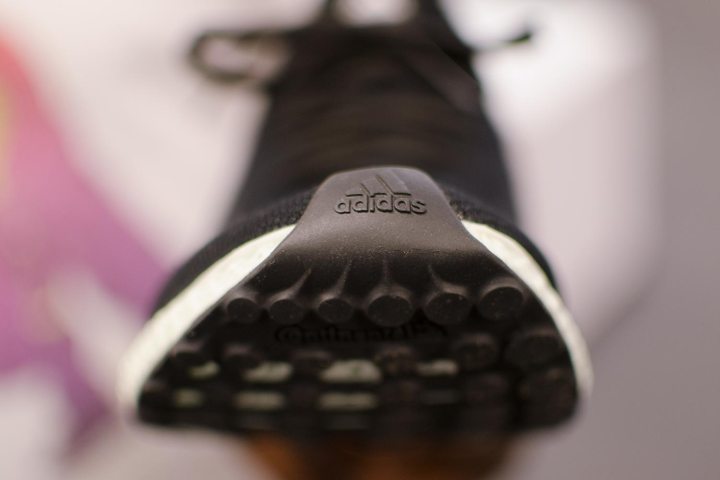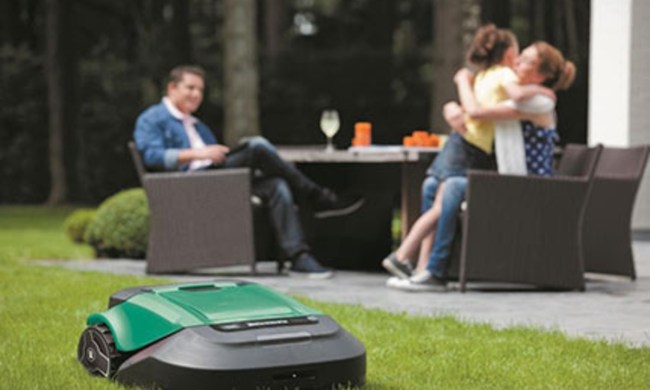
So where do you get a pair? Well, that’s the tricky part.
Technology may be making our sneakers smarter and trendier but it’s also, paradoxically, keeping them off your feet. No matter how fashionable or modern you think your sneakers are, it’s unlikely you’ve worn anything like these kicks. The “Future of Sneakers” has mostly yielded overpriced, underproduced concept shoes the average person won’t ever have an opportunity to lace up. Here’s what’s holding them back, and why we might not have to put up with it forever.
Where are those?
Reebok released only 300 pairs of the Liquid Factory sneakers in 2016, and has yet to officially announce plans for a re-release. At this point, its role as a one-and-done seems inevitably set in stone.

Nike followed a similar path with the Hyperadapt 1.0, first putting them on sale in December of 2016 and offering an unspecified quantity. The footwear giant then put them back on the market in September of this year — yet again at unspecified quantities — and capped off the re-release with no expressed plan of making them widely available.
Reebok’s Cotton and Corn sneakers are the rarest of the bunch — these don’t even have a whiff of a release date to their name. So, what gives?
Sneaker companies know these concepts generate hype, but they haven’t put nearly as much thought into how to actually produce them. The struggles of Adidas’ 3D-printed shoe — the 3D Runner — show the problem precisely. Adidas 3D-printed and sold a few hundred pairs of these shoes in December of 2016, a full year after unveiling the Futurecraft 3D, the company’s first 3D-printed shoe.
You won’t see many people donning this kind of footwear on your local streets.
This limited number of sneakers were largely due to the 3D printing technology Adidas used, which only allowed the brand to build six midsoles at a time — and took a staggering eight to 10 hours just to 3D print those six midsoles. That translates to a few dozen produced every day; it doesn’t take a business major to know that’s not exactly conducive to mass production.
3D printing and other new small-scale manufacturing techniques may make it easier for these companies to crank out a few units for collectors, but they don’t translate at all to the factories where the real work gets done. Until these brands devise a way to make a pair of next-gen sneakers as fast and as cheap as, say, a pair of Jordans, you won’t see many people donning this kind of footwear on your local streets.
Mo’ money, fewer shoes
Prices for these shoes reflect their rarity. While shoemakers do have a history of jacking up prices no matter how little its production costs are — let’s not forget the often expensive resale market, either — this recent run of tech-forward footwear is in a league of its own. So, while Nike’s intended price of $720 for the Hyperadapt 1.0 is almost laughable, it makes sense. After all, new technology is rarely inexpensive.
Adidas hasn’t priced its Futurecraft 4D shoes yet, but a recent Reuters report warns of a looming “unspecified premium price” on the horizon. Only Reebok’s Liquid Factory shoes have what one might consider a bargain for a next-gen sneaker, at a modest $190.
As frustrating as these high prices are, they reflect real costs of adding technology. Nike’s Hyperadapt features built-in sensors to detect foot pressure, an integrated motor, and also requires a two-amp portable battery charger — all so you won’t have to bend down to physically lace them up. Add to that the usual rubber, leather, vinyl, and foam, and no wonder the price is exorbitantly high.
Future hopes
The path forward for sneakers isn’t entirely bleak — there’s still plenty of hope for a future that fits on your feet. Like OLED televisions, the technology in these shoes starts expensive, but it’s getting cheaper all the time.
In May 2016, Hewlett-Packard unveiled the HP Jet Fusion 3D Printing Solution, which HP now uses to help Nike produce 3D-printed sneakers. HP promises its new 3D printing machines can print shoe parts up to 10 times faster, and at half the price than traditional 3D printing methods.
Adidas is also refining manufacturing practices for the Futurecraft 4D, intent on making it more cost-effective. The company expects to sell 5,000 pairs this year, but plans to release a whopping 100,000 pairs next year. The catalyst for its 20-fold increase in production rests with Carbon, the company pioneering an advanced 3D-printing process known as “digital light synthesis” to manufacture parts of the shoe. Though Carbon currently prints a midsole in an hour and a half, the company expects to reduce that time to as low as 20 minutes.
Be patient. These advances will eventually trickle down to futuristic footwear you can afford. Like flat-screen TVs and smartphones, some day we’ll all be able to afford shoe technology that most of us can only dream about today.




